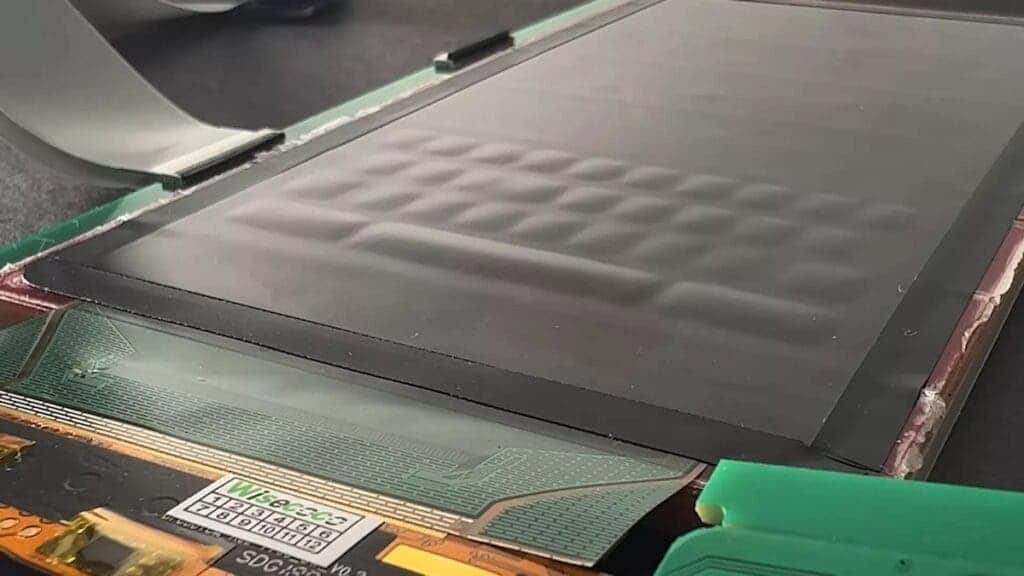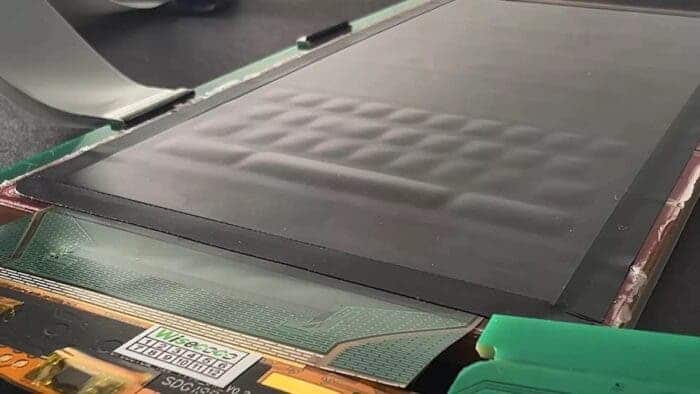Have you ever thought about an inflatable keyboard (with buttons) on the smartphone’s OLED screen? Well, it could become possible in the near future. Since the disappearance of physical keys from our phones’ displays, many people have encountered problems with typing on the touchscreen. Some of us still make many typos, because there’s no physical boundary between the keys.

To overcome that issue, some scientists are developing a technology to add additional innovations to OLED screens. The new tech will literally inflate the upper layer of the screen to make keys (buttons) touchable. Therefore they will be more convenient for our fingers. Also, future inflatable keyboard buttons may become an essential benefit for blind people. Because of this innovation, they will be able to use smartphones and tablets in many additional ways.
Techradar reports that Researchers at Carnegie Mellon University are demonstrating such a display with inflatable buttons, named “Flat Panel Haptics”. This futuristic technology has already been in development for 15 years, and now it seems that it can finally be used in real life.
How do inflatable buttons on OLED screens work?
Inflatable buttons can be a few millimeters thick. They work with an Embedded Electro-Osmotic pump located in a reservoir of special fluid with a flexible surface on top. The electricity running through the stack allows the pumps to inflate a rigid button up to 5 mm in height.
For that purpose, the top layer of the OLED screen should obviously be made of some other material than glass. The first information suggests that it will be produced out of silicon since it’s flexible, so more convenient to inflate.
When will inflatable keyboards be available?
It looks quite interesting and may help some people to overcome issues with typos on the touchscreen, but since such OLED screens are still in early development, it could take time to become available in the market.
Nevertheless, we believe inflatable buttons on screens will eventually be ready for mass production, which means that such OLED screens could be used in smartphones, tablets, and maybe even laptops. Also, phone and tablet manufacturers could benefit from this technology, because it could be a good addition to foldable screens since they also use different materials for the upper layer.





